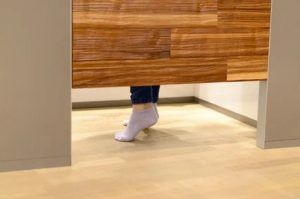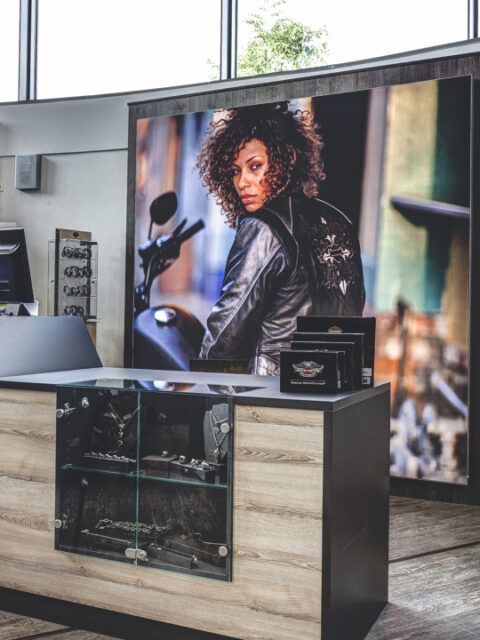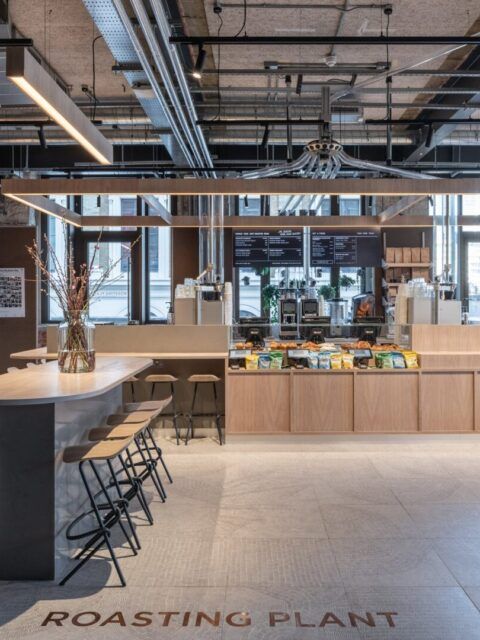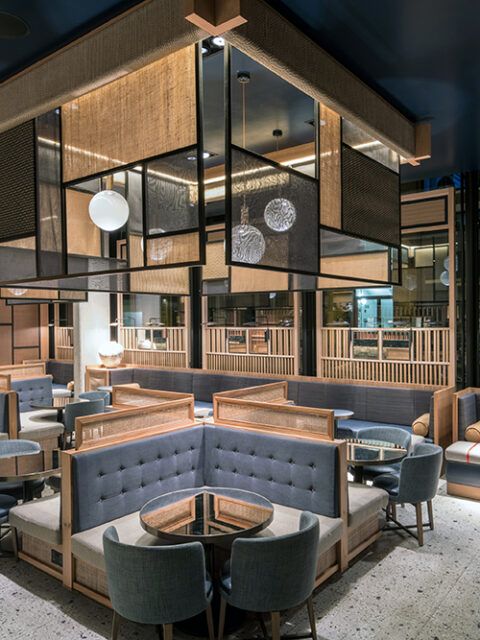
Do retailers always remember about key rules for designing a fitting room?
In the era of the ever present customer experience concept, one would think it is obvious to include a changing room in planning and designing the overall customer journey in a store. Especially now, when offline shopping is co-existing with online shopping (see: ROPO trend). Retailers should make sure no mistake is made in the real store that could spoil the customer experience. And let the customer leave empty-handed.
Unfortunately, this is not always the case. It seems like this very important part of the customer shopping experience loses out to overall new, cool concepts or eye-turning window displays. In the meantime, the fitting room experience, if the customer even made it there, often has a deciding influence over ‘buy’ or ‘no buy’.
Yet, it still bemuses me that despite all the available guidelines and growing number of store designers and shop fitters who ‘get it’, a lot of major brands fail to provide a desirable changing room experience for their customers. Let me share one of my recent experiences while shopping in a major lingerie and sleepwear retail chain store located in a shopping center in a major city in Europe.
What can go wrong for a customer in a fitting room?
A whole lot of things. Starting from little things down to major mistakes. Let’s focus on the most fundamental factors though.
1. Too small fitting room
This is a problem in many stores. A too small and poorly designed space does not invite your customers to try on clothes comfortably. This usually means not enough space for customers to move around, hang the garments they are about to try on and put their own clothes away. Let alone too little space to put their purses, bags and other accompanying belongings they will undoubtedly have with them.
A small changing room can mean a lost sale when your customers shop with babies and children. If it is practically impossible to try on clothing while keeping an eye on their offspring, no customer will take any chances and probably give up.
Very often the changing room is so small that it is impossible to see oneself properly in the mirror. In this case one needs to step out to see their full posture in an outside mirror while attracting the glances of others. If they are bold enough to step outside…
2. Little privacy when tryin on your clothes
This one is actually the key reason for creating fitting rooms in the first place: to provide privacy to customers so that they can try on clothes away from the eyes of others. To let them debate, experiment and make a conscious purchase decision within their own comfort zone. Sadly, very often these critical conditions are far from the reality. Instead of focusing just on the enjoyment of trying on new things, a customer needs to make sure the curtain dividing them from the outside world is covering the whole length of the changing room entry. And, it hardly does. Usually too short and /or poorly designed, the tricky curtain makes the customer nervous and self-conscious about their body and appearance. Especially when shopping for swimwear, underwear and other clothing that one requires more intimacy to try on.
In some stores the curtain has been upgraded to doors. But again, some key design details were overlooked and one can still make out from the outside what the person inside is doing. This improvement is not good enough. If you don’t have the possibility to design your changing room from scratch, find a way out to solve the problem. For example, add extra material to cover the gaps expertly. Or, use magnet based mechanism to ensure the door closes completely, etc.
3. Dirty and badly maintained fitting room
Cleanliness and proper maintenance are critical conditions to make your customer use a changing room to start with. A messy and stained floor or carpet. Dirty and bad quality mirror. Hangers piled in a corner. Missing lightbulbs or tired looking and chipped fixtures are not going to make your customer feel welcome and comfortable. You need to have store cleaning and store maintenance services figured out. Or else your brand reputation will suffer, not to mention your sales figures.
4. Wrong lighting in a fitting room
Again, this seems to be so obvious that a proper lighting system is an integral part of any space and changing room is not an exception. Lighting systems and fixtures should be designed based on the size of the room, number and type of fixtures inside and the customer experience your brand strives to achieve.
Importantly, you have to keep a healthy balance between flattering lighting and unreal, manipulative lighting that makes a customer look far better than they do in the real world.
Customer feedback that doesn’t get a follow up
I left the changing room with a pile of clothes and stopped at the sales counter. Having placed the pile, but 1 garment, in front of the cash clerk I sighed. I really like the brand and the products and was determined to help them out. I complimented politely on the new upgraded store fixtures and the overall concept, but complained about the fitting room experience. A little confounded sales girl offered in reply: “Well, yes, we have heard it before from customers…..” and she left the sentence unfinished determined to get rid of me as soon as possible.
Fitting room experience vs finalizing the transaction
Did I make my purchase in the store? Yes. But only because the product itself was lovely. And, I really wanted a retail therapy experience to happen for me that particular day. Could I have bought more items? Definitely yes. I have taken more garments with me to the changing room. but got so irritated while trying to try them on. I got fed up and gave up (lost sales, anyone?). Will I come back? Most likely yes. But, should I find a similar offer from a retailer that understands how to provide a proper fitting room experience – I am out.





